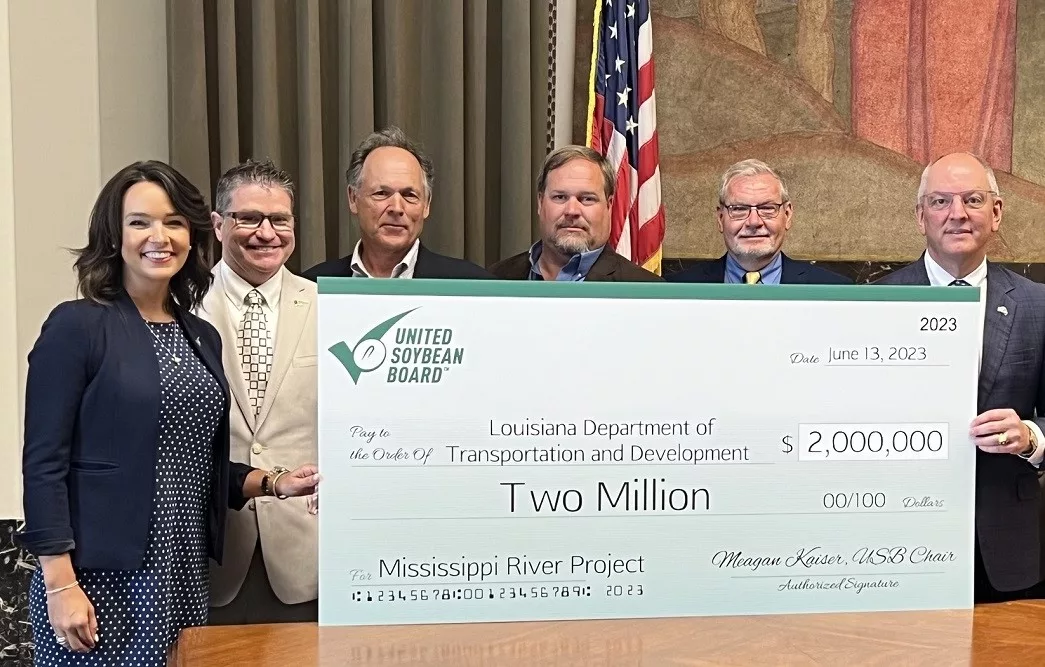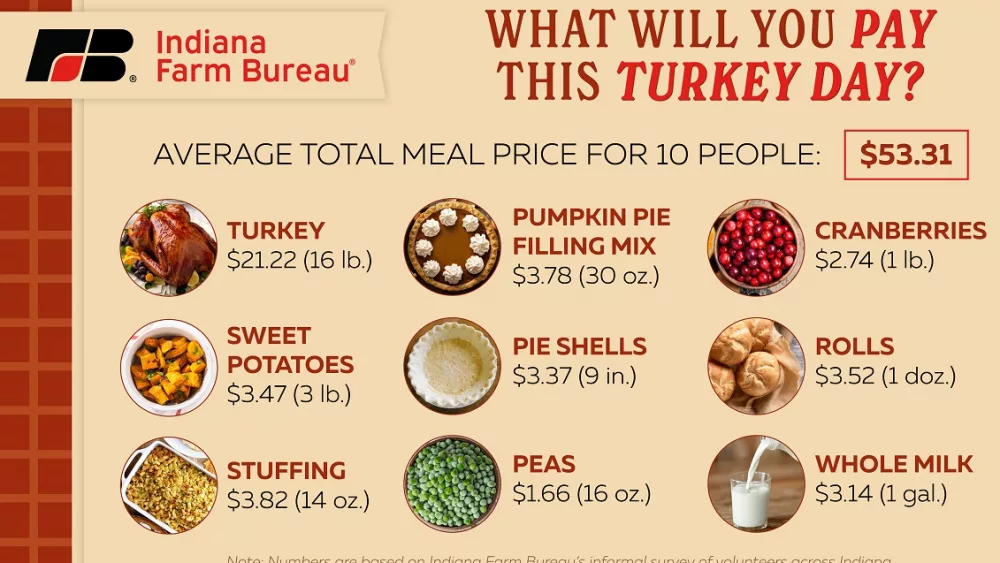
For the third-straight year, low water levels along the Mississippi River system are having a negative impact on the movement of grain freight—especially during the busy harvest season. That’s why the Soy Checkoff is investing in several infrastructure projects to help farmers ship their grains more efficiently.
“The one that we like to hang our hat on is the Port of New Orleans and trying to get that dredge down to a 50-foot depth because it just improves our basis all the way along the Mississippi River,” says Rob Ewoldt, Director of the United Soybean Board (USB). He’s also a farmer based in Iowa.
He says one of the improvement projects the Soy Checkoff is helping to fund is along the lower Mississippi River.
“USB was able to fund $2 million to get that project going with a private and national program funding mechanism. That’s always improving our transportation costs, and then trying to improve the bottom line for the farmer,” he says. “We’re also engaged in and have some money set aside for Lock and Dam 25 on the Mississippi, which would improve efficiencies and improving the bottom line for the farmer.”
Once the project to dredge the lower Mississippi River is complete, USB says it will save 13 cents per bushel of freight while increasing the load by 500,000 bushels per ocean vessel and bring an additional $461 million in revenue to U.S. soybean farmers.
Edwoldt adds that another important infrastructure project that USB is helping to improve is the Port of Grays Harbor in Washington State.
“We were able to go out and present a check for about $1.3 million that the farmers invested in for studies in the Port of Grays Harbor. This is a big thing for soybean farmers in the Midwest and Upper Midwest regions because of the soybean meal export market. We’re crushing more and more soybeans here in the Upper Midwest, and we have a lot of soybean meal to get moved out, and realizing that is a choke point, we needed to do everything we can to try to improve our efficiencies in moving that product,” says Ewoldt.
In regards to the project to dredge the lower Mississippi River, USB adds that nearly 60% of exported U.S. soybeans head to market via the Mississippi Gulf region.
Sources: United Soybean Board, NAFB News Service





